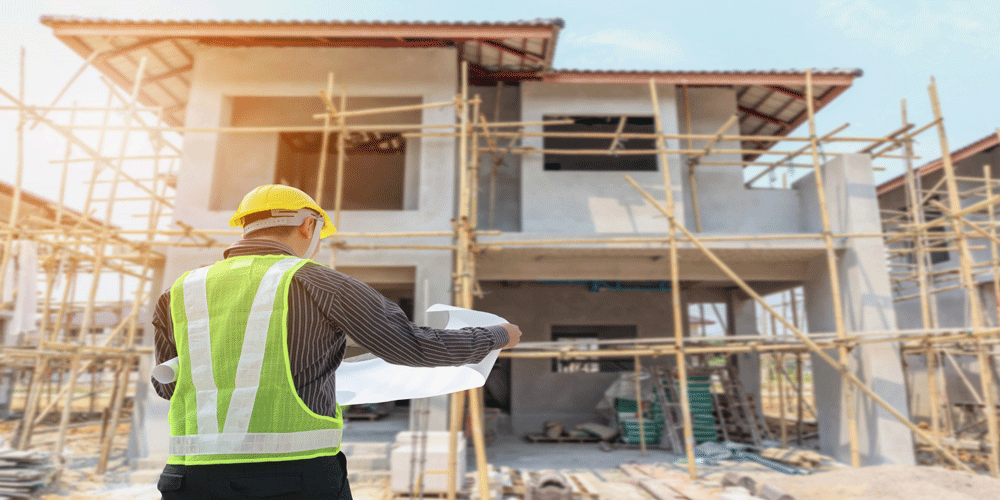Building a house is an exciting and monumental undertaking that requires careful planning, coordination, and a considerable investment of time and resources. Whether you’re constructing your dream home from scratch or embarking on a renovation project, the journey involved in building a house can be both challenging and rewarding. In this post, we will explore the various stages and steps involved in building a house, highlighting the key aspects that contribute to a successful outcome.
Planning and Design:
The journey of building a house begins with thorough planning and design. This stage involves defining your goals, establishing a budget, and working with architects or designers to create a blueprint that aligns with your vision. It’s crucial to consider factors such as the sise and layout of the house, desired amenities, and energy efficiency during this phase.
Obtaining Permits and Financing:
Before breaking ground, it is essential to obtain the necessary permits and approvals from local authorities. This process may involve submitting architectural plans, environmental impact assessments, and other required documentation. Simultaneously, securing financing is crucial to fund the construction project. Options include mortgages, loans, or personal savings, and it’s advisable to consult financial experts to ensure a realistic and sustainable budget.
Site Preparation and Foundation:
Once the necessary approvals are in place, the site preparation phase begins. Clearing the land, excavating for the foundation, and installing utility connections are key activities during this stage. The foundation, which provides structural support for the house, is then laid, either in the form of a basement, crawl space, or slab.
Framing and Exterior Work:
After the foundation is complete, the framing stage begins, where the skeletal structure of the house takes shape. This involves erecting walls, floors, and roofs, typically using wood or steel. Once the framework is established, exterior work such as installing windows, doors, roofing, and siding follows, protecting the house from the elements.
Mechanical Systems and Utilities:
Next, attention shifts to the installation of mechanical systems and utilities. This includes electrical wiring, plumbing, heating, ventilation, and air conditioning (HVAC) systems. Collaborating with professionals in these fields ensures the proper functioning and safety of these critical components.
Interior Finishes and Fixtures:
With the infrastructure in place, the focus turns to the interior finishes and fixtures. Drywall installation, painting, flooring, and cabinetry work bring personality and functionality to the house. Other details such as lighting fixtures, faucets, appliances, and trim contribute to the overall aesthetics and livability of the space.
Final Touches and Landscaping:
As the project nears completion, final touches are added to give the house a polished look. This involves installing countertops, mirrors, and other hardware. Additionally, landscaping the surroundings to create an appealing outdoor space complements the overall design.
Inspections and Quality Assurance:
Throughout the construction process, various inspections are conducted to ensure compliance with building codes and regulations. These inspections cover structural integrity, electrical and plumbing systems, and fire safety, among others. Addressing any identified issues promptly ensures that the house meets the required standards and enhances safety.
Moving In and Ongoing Maintenance:
Once all inspections are successfully completed, it’s time to move into your new home. However, the journey doesn’t end here. Ongoing maintenance and regular upkeep are essential to preserve the value and functionality of your investment. Establishing a maintenance schedule and addressing repairs promptly will help ensure your house remains a comfortable and safe haven for years to come.
Building a house involves a multistep journey that requires careful planning, coordination, and attention to detail. From the initial stages of planning and design to the final touches and ongoing maintenance, each phase contributes to the realisation of your dream home. While the process may be complex and challenging, the result of a well-executed construction project is a place that provides comfort, shelter, and fulfillment for you and your loved ones.
